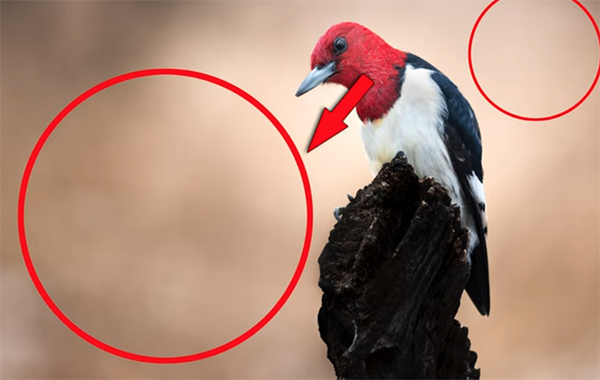Use Photoshop’s Improved Hue/Saturation Controls with the Contextual Task Bar (VIDEO)
In this eye-opening tutorial from a highly respected Adobe expert you’ll learn how easy it is to enhance images using the Contextual Task Bar in conjunction with Photoshop’s improved Hue/Saturation Adjustment layer controls. Instructor Julieanne Kost is an adept photographer, prolific author, and a self-described “digital-imaging evangelist.”
She explains the concept like this: “When you have a pixel-based layer or Smart Object targeted in the Layers panel you’ll find a new option for adjusting colors in the Contextual Task Bar. If the taskbar isn’t visible on your workspace, simply right-click in the area outside the canvas and select Show Contextual Taskbar.
When you choose the Adjust Colors option, Photoshop displays seven color swatches. Clicking on the first swatch brings up a dropdown that enables you to make adjustments to hue, saturation, and the lightness of all colors in an image. Kost explains that the other swatches represent the six most prominent colors in your image.

Selecting one of these swatches limits your adjustments to the colors in that range without affecting others. In her example she selects the yellow swatch and drags the hue slider towards the green and then increases saturation. Kost notes that, “Once you’ve made an adjustment to a color range, the swatch is divided and displays both the original color and the adjusted color.”
A small dot also appears below the swatch to remind you that an adjustment has been made to that specific color range. Note that by doing the foregoing Photoshop has added a non-destructive adjustment layer to the Layers panel. Then you can double-click on the thumbnail for the adjustment to display Photoshop’s Properties panel, or you can choose Window and select the Properties option from a dropdown window that appears.
As you’ll see, the Properties panel displays the same seven color swatches and any adjustments that have been made to them. Kost explains that, “These color swatches have replaced the dropdown Color Range menu that existed in previous versions of Photoshop—making it easier to identify and select different ranges of color.”

There’s a bit more to know and Kost concisely explains all the important steps. The process is super easy to understand once you watch Kost illustrate how it works. Be sure to visit her popular YouTube channel which includes how-to videos on just about any common post-processing technique imaginable.
We also recommend watching a tutorial we featured recently with another image-editing specialist who demonstrates why Photoshop’s older Content-Aware Fill tool is a forgotten gem and is preferable to the new Remove tool and Generative Fill in certain situations.






